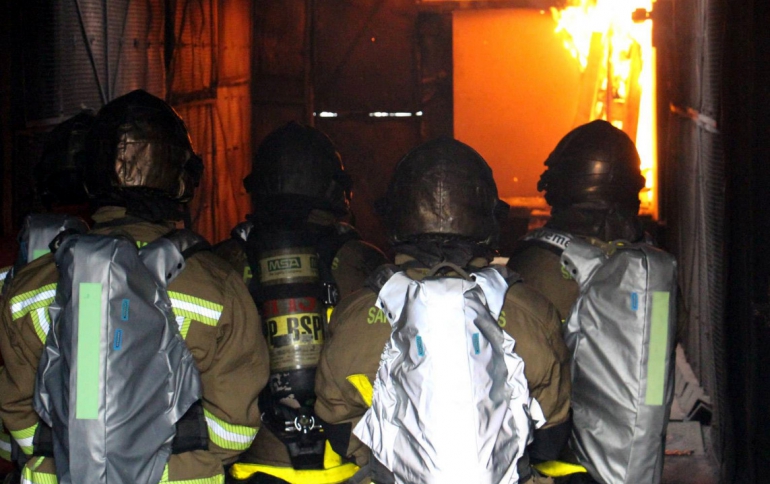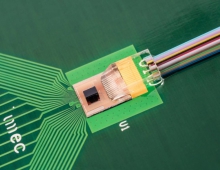
Protective Clothing with Sensors Warns Firefighters of Excessive Heat
Imec, UGent, Brigade de Sapeurs-Pompiers de Paris, Connect Group and Sioen have developed a firefighters’ suit with integrated sensors to reduce burning incidents suffered by firefighters.
The prototype of the new protective firefighters’ clothing is equipped with integrated temperature sensors and electronics to warn firefighters for too high ambient temperatures. The suit, that was developed within the framework of the Flemish I-CART project, was successfully tested at high temperatures.
"Firefighters are often exposed to extremely high temperatures during interventions," explains Frederick Bossuyt from CMST, an imec research group at UGent, and research leader of the I-CART project. "But their heat-resistant clothing often makes it difficult for them to assess when they are at risk of being burned, resulting in second- and third-degree burns. The new suit, with built-in temperature sensors, can warn them in time."
The concrete demand for reliable and robust protective clothing came from the Paris Fire Brigade (BSPP), the third largest brigade in the world. Vera De Glas, R&D Engineer at Sioen and project leader for the I-CART project: " The project distinguishes itself from previous projects in the context of Smart garments for firefighters because we focused on only one parameter, the temperature, which was studied in depth. The result is a reliable protective suit that integrates temperature sensors, an energy-efficient microprocessor, and associated electronics. When the temperature becomes too high, the firefighter receives an audible warning signal so that he can make the right decision in good time. Our suit complies with the European EN469 standard, and its operation has been successfully tested by BSPP. In addition, a "Flashover" test at 1200°C on a thermo man shows that the electronics do not pose an additional risk to the wearer."





















